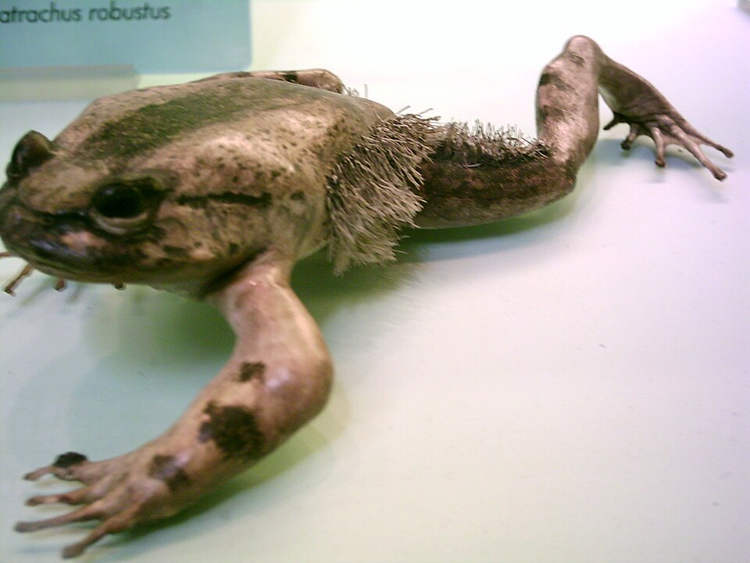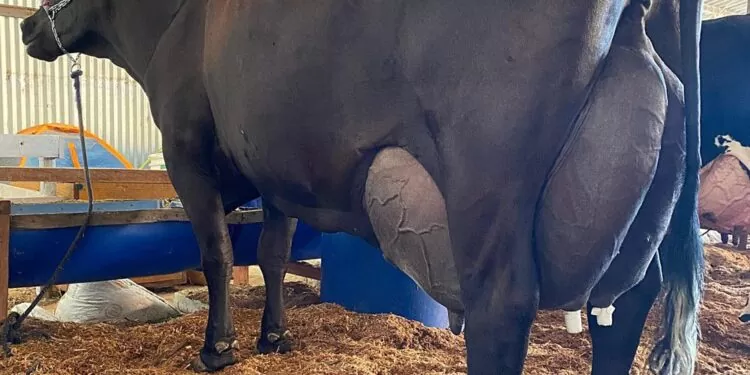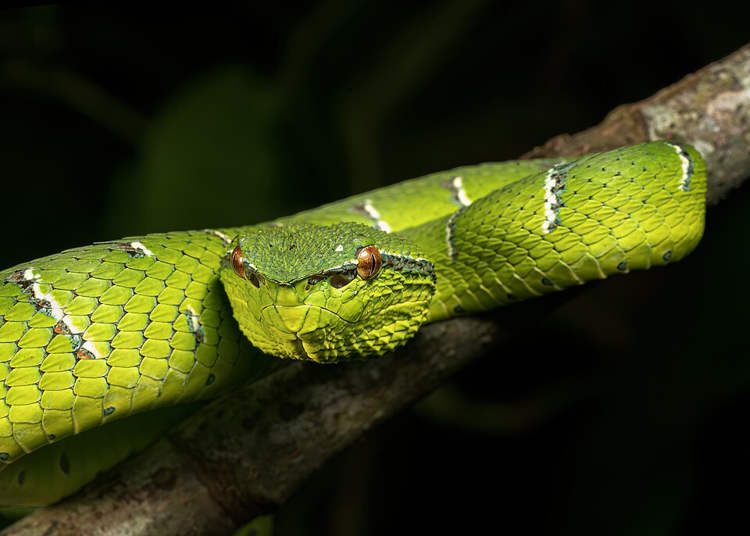Apart from the sound they make while chewing on leaves, the vast majority of caterpillars are silent creatures. However, the Nessus sphinx hawkmoth caterpillar is able to produce clicking noises that sounds a lot like static, as a self-defense mechanism, and scientists believe they discovered how.
Insects have no lungs, but some of them can be really noisy. While humans and most other vertebrates make noise by forcing air out of their bodies, insects and larvae don’t have that luxury. Some of them have adapted, rubbing, knocking or vibrating parts of their bodies to produce distinctive sounds, the kind you hear when you open a window on a quiet summer night, but the Nessus sphinx hawkmoth caterpillar doesn’t fall into that category. When threatened, it produces a strange sound that resembles a combination of cracking and spitting, by pushing air through a constriction between its two foregut chambers, even though it has no lungs.

Photo credit: Jayne Yack/”Vocalization in caterpillars: a novel sound-producing mechanism for insects”
The brownish-red caterpillars’ sound-producing capabilities have baffled scientists for years, but recently, a team of researchers at Carleton University, in Ottawa, Canada set out to solve this mystery. To do this, they trapped wild female moths and raised their eggs in a laboratory, which was apparently a lot harder than it sounds. Once the caterpillars were fully grown, researchers surrounded them with powerful microphones and started simulating predatory attacks, by gently pinching them with metal forceps, so they would make their characteristic self-defense sounds.
Microphones revealed that the sounds were most powerful near the caterpillar’s mouth, which they kept open while emitting the static-like noise. That indicated that the caterpillars didn’t produce the sound by rubbing their mandibles together, and that it came from inside their bodies. Unfortunately, current technology doesn’t allow scientists to see what goes on inside insects’ and caterpillars’ tiny bodies, so the only option they had was to dissect the caterpillar’s throats and look for structures that could produce the noise. They found none.
Luckily, co-researcher Craig Merrett, an assistant professor in the Department of Mechanical and Aeronautical Engineering at Clarkson University, in New York, had another idea. Rather than look for clues inside the caterpillar’s body, he decided to analyze the sound waves produced by it and make models to test different theories.
“He concluded, based on his model, that these frequencies matched the model for turbulent air flow,” study senior researcher Jayne Yack said in a statement, adding
Researchers said that the sound-producing mechanism was similar to a tea kettle, which whistles as steam builds and is forced through a small hole, but also that “the best analogy to sound production in vocalizing caterpillars is a rocket engine”. Apparently, the caterpillars’ esophagus and crop are connected through narrow orifices, and it can produce that strange static-like noise by forcing air into and out of its gut and between these chambers. This makes it similar to rocket motors that have large, cylindrical chambers connected by narrow nozzles.
The researchers may have solved part of the puzzle, but the greatest mystery remains unsolved – how can the caterpillars pull air into their gut and push it out? They have no lungs or other type of air sack; instead, air enters their body through a series of tiny holes along their abdomens.
Source: Journal of Experimental Biology via Live Science












